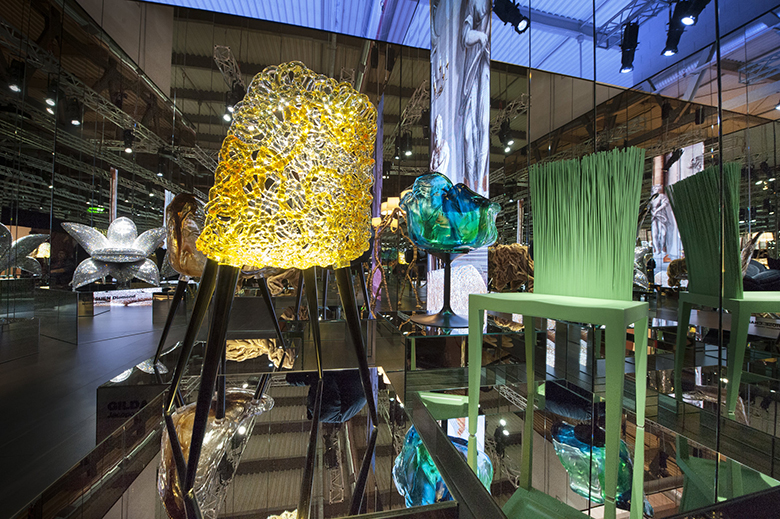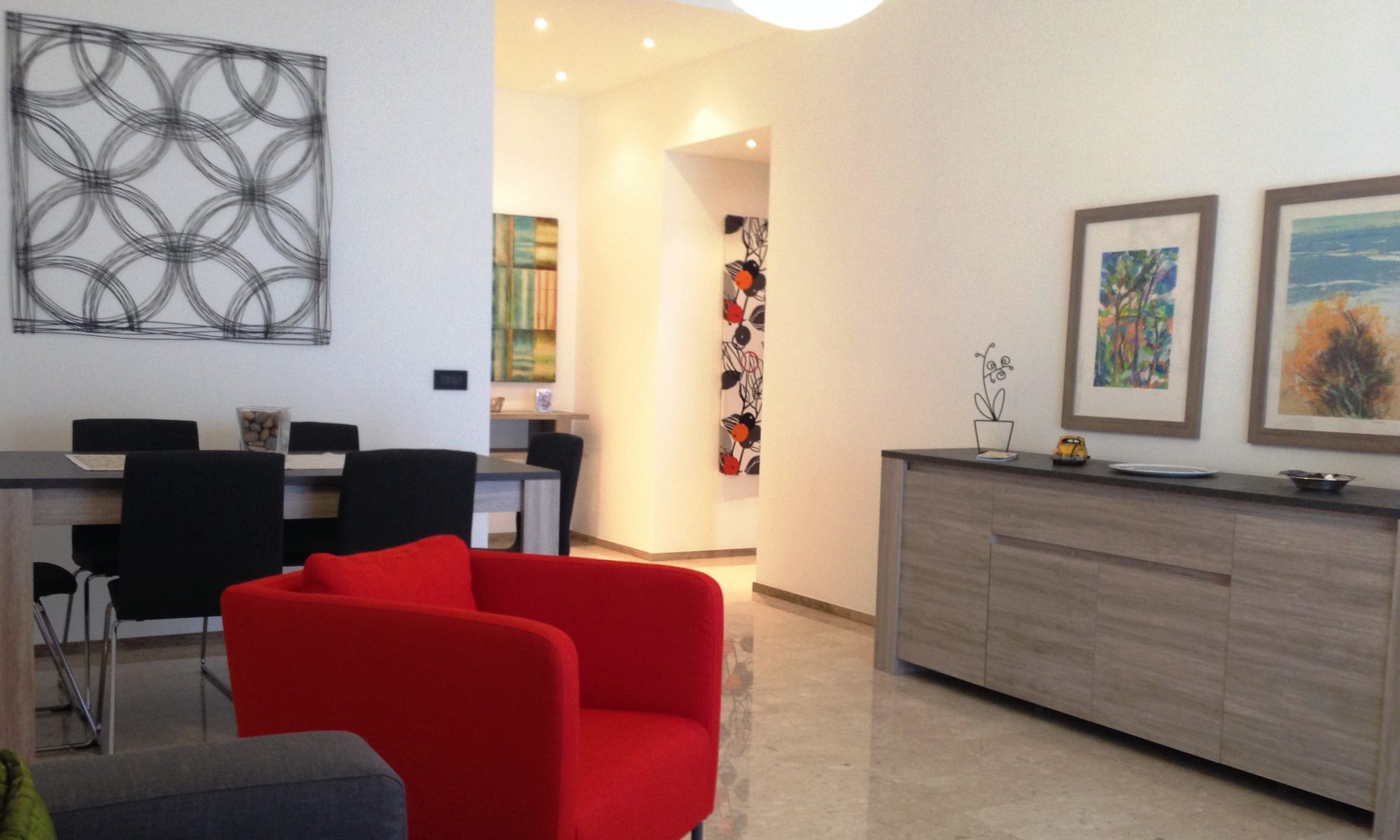Design is an integral part of the culture of Milano and Lombardy. A dense network of public and company museums, studios and private archives testify to its historical contribution to the city’s heritage.
ADI Design Museum
via Ceresio 7 - Milano
by tram: line 14 stop p.le Cimitero Maggiore
The ADI Design Museum is one of the largest museums in Europe dedicated to design. It effectively combines the past and the future, thanks to a substantial exhibition of objects awarded with the ADI Compasso D'Oro - the most prestigious Italian design award. An incredible treasure chest of design wonders, enriched by new acquisitions following each edition of the award.
True to its role of a ‘museum as narrator’ the venue is laid out as a cultural centre with thematic exhibitions, spaces dedicated to business meetings and public events, a library, the ADI head office and historical archive, children’s workshops, a bookstore and a befittingly design-conscious eatery.
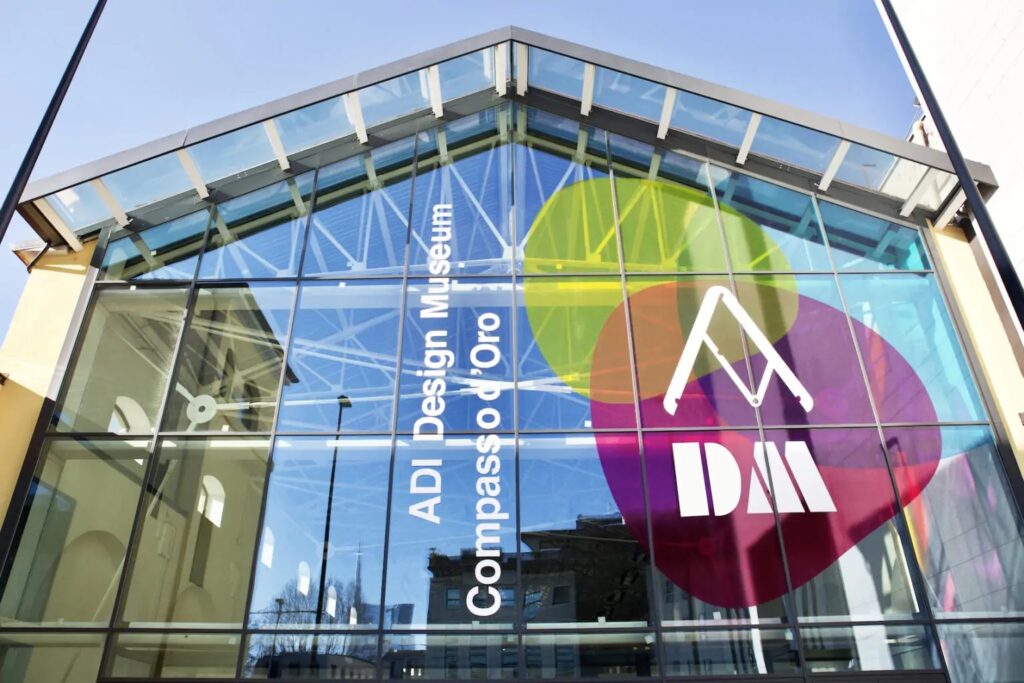
Museum of Italian Design
via Emilio Alemagna 6 - Milano
Museum of Italian Design at the Triennale Milano, the Italy’s foremost institution for design and contemporary culture. Since 2019 the Museum has been presenting in a permanent exhibition a selection of the most iconic and representative pieces of Italian design, part of the 1,600 items in the Triennale Collection.
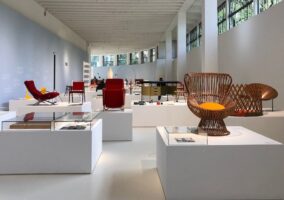
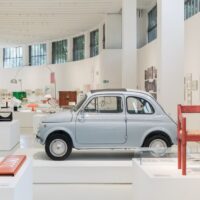
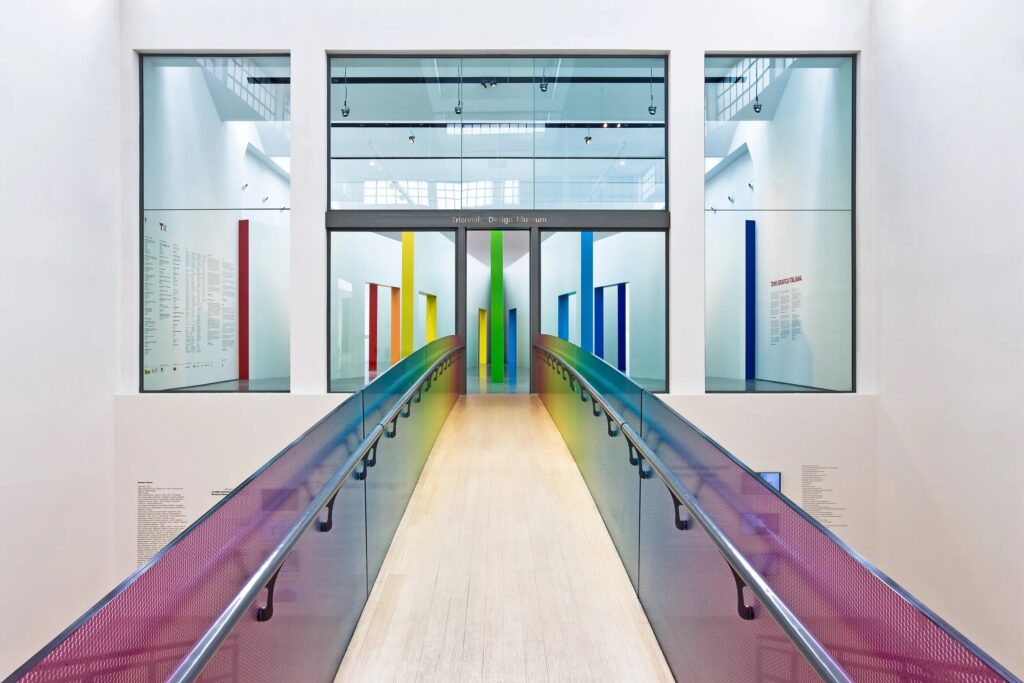
Branca Museum
via Resegone 2 - Milano
Situated between the Isola, Dergano and Bovisa districts, the Branca Museum is housed in one of few still-active factory sites, home to the Branca distilleries since 1845 which still produces the historic Fernet Branca amaro, one of the iconic symbols of the city of Milan. Fernet-Branca may be an acquired taste but the factory tour will definitely have you enthralled with its posters, original designs, artifacts and promotional materials emblazoned with the drink’s logo, as well as vintage production tools.
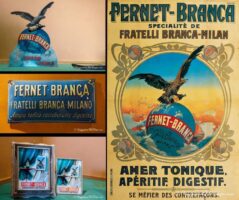
Achille Castiglioni Studio Museum
piazza Castello 27 - Milano
Within these large luminous rooms designer Achille Castiglioni’s ideas and projects were conceived and nurtured. Now open to the public, the studio has remained unchanged since the designer passed away in 2002 and, thanks to an agreement between the Castiglioni family and the Triennale, the projects, models, drawings, photographs and objects that testify to the designer’s sixty years of activity have all been catalogued and stored.
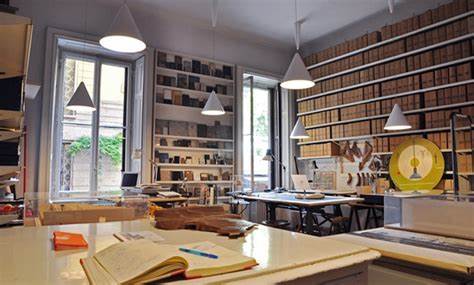
Franco Albini Foundation
via Bernardino Telesio 13 - Milano
reservation is compulsory: info@fondazionefrancoalbini.com
Created thirty years after the death of the architect after which it is named, the Albini foundation has been awarded recognition as forming part of the national historical heritage. It comprises over 20,000 drawings, an enormous photographic archive (6,000 images and 2,500 slides), letters, writings, models, and important design pieces.
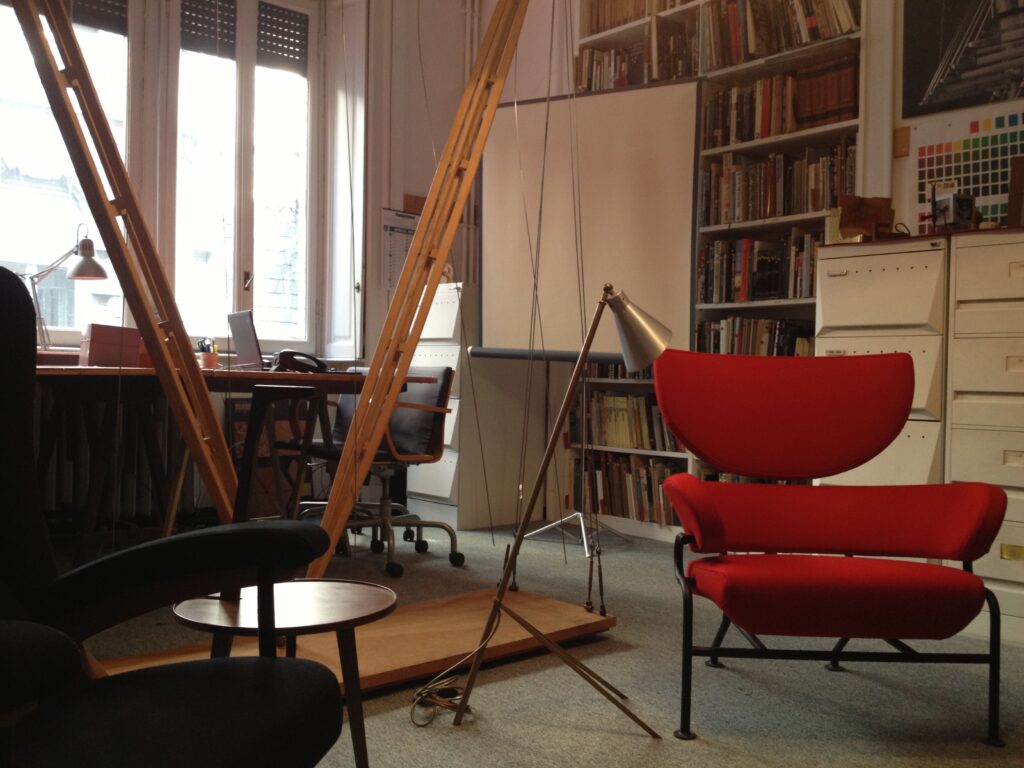
MIL - Giovanni Sacchi Archive
via Granelli 1 - Sesto San Giovanni
If you are interested in exploring how design ideas actually evolve into real and physical form, then schedule a visit to a venue that is very significant in the history of Italian product design: the Giovanni Sacchi Archive within MIL - Museo dell’Industria e del Lavoro (Museum of Industry and Labour).
Sacchi was one of the industrial design prototype makers whose work was commissioned, from the 1950s onwards, by major Italian designers, including Giò Ponti, Aldo Rossi, Ettore Sottsass, Achille Castiglioni, Franco Albini, Marcello Nizzoli and Marco Zanuso.
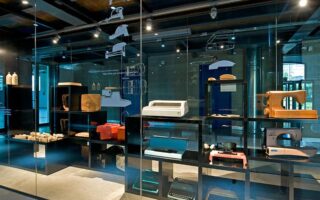
Galleria Campari
viale Antonio Gramsci 161 - Sesto San Giovanni
Along the MM1 subway line, you’ll find the Galleria Campari, a hidden gem that opened to the public in 2010 on the occasion of the company's 150th anniversary. A visit to the Galleria Campari offers a unique and exclusive experience focused on the worlds of art, communications and photography - that made the Campari brand distinctive and admired worldwide. It means entering a laboratory of images and emotions in which the brand history – made up of brilliant insights, sophisticated advertising campaigns, a cutting-edge communications strategy – continues to project the brand into the future.
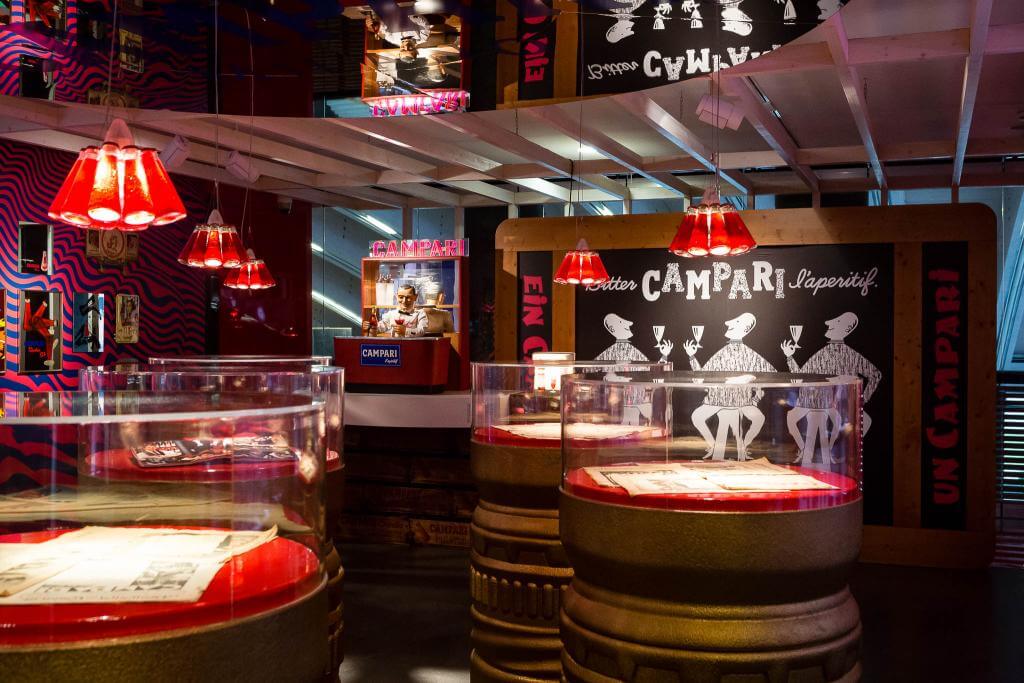
Kartell Museum
via delle Industrie 3 - Noviglio
The Kartell Museum, showcasing the company’s famous furniture and accessories for homeware design, is one of those great out-of-town destinations that you could plan to visit on a trip to the Abbey of Morimondo or to the typical farmhouses of the Lombardy plain: located in Noviglio, 15 km south of the centre of Milan, it is set in the Milanese countryside in the stretch between the two Navigli.
The museum narrates one of the most fascinating chapters in the history of Italian design and of this unique company which, braving constant challenges and driving technological research, pioneered a fecund union between function and aesthetics. It was founded by Claudio Luti in 1999 to celebrate Kartell’s fiftieth anniversary and was designed by Ignazio Gardella and Anna Castelli Ferrieri. In 2000 it received the Guggenheim Award for best Italian corporate museum.
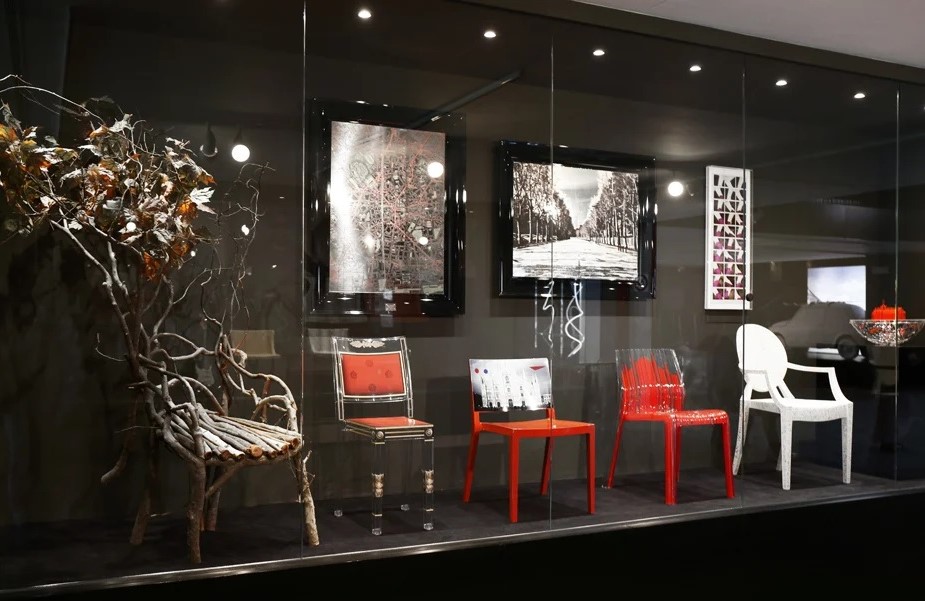
Fabbrica del Vapore
via Giulio Cesare Procaccini 4 - Milano
by tram: line 14 stop p.le Cimitero Maggiore - Bramante
Fabbrica del Vapore is a place of cultural aggregation, dedicated mainly to young people, capable of hosting large exhibitions and giving space to new forms of art and new talents.
The peculiarity of Fabbrica del Vapore is also given by the architectural typology: the company Carminati Toselli & C., a historical industrial space of the early twentieth century in which trams were produced, has been transformed into a dynamic and original place where moments of cultural fruition are created.
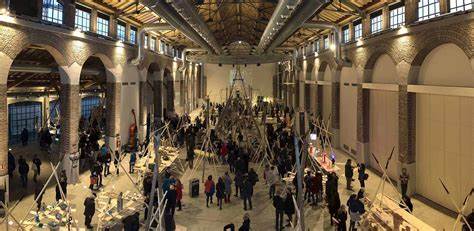
Milano Design Week
Definitely not to be missed the annual Milano Design Week. On the occasion of the Salone Internazionale del Mobile, a world must for everything house, furniture and lighting, the whole Milano area is filled with hundreds of initiatives and events connected to creativity and design.
The exhibition opens to the city and involves non-insiders as well. The Fuorisalone includes itineraries, exhibitions in the most charming locations unbeknownst in the city, events in very special places, cocktails in shops and showrooms, open-air celebrations and meetings with architects and designers in bookshops
